Volcano Tour In El Salvador (One Week)
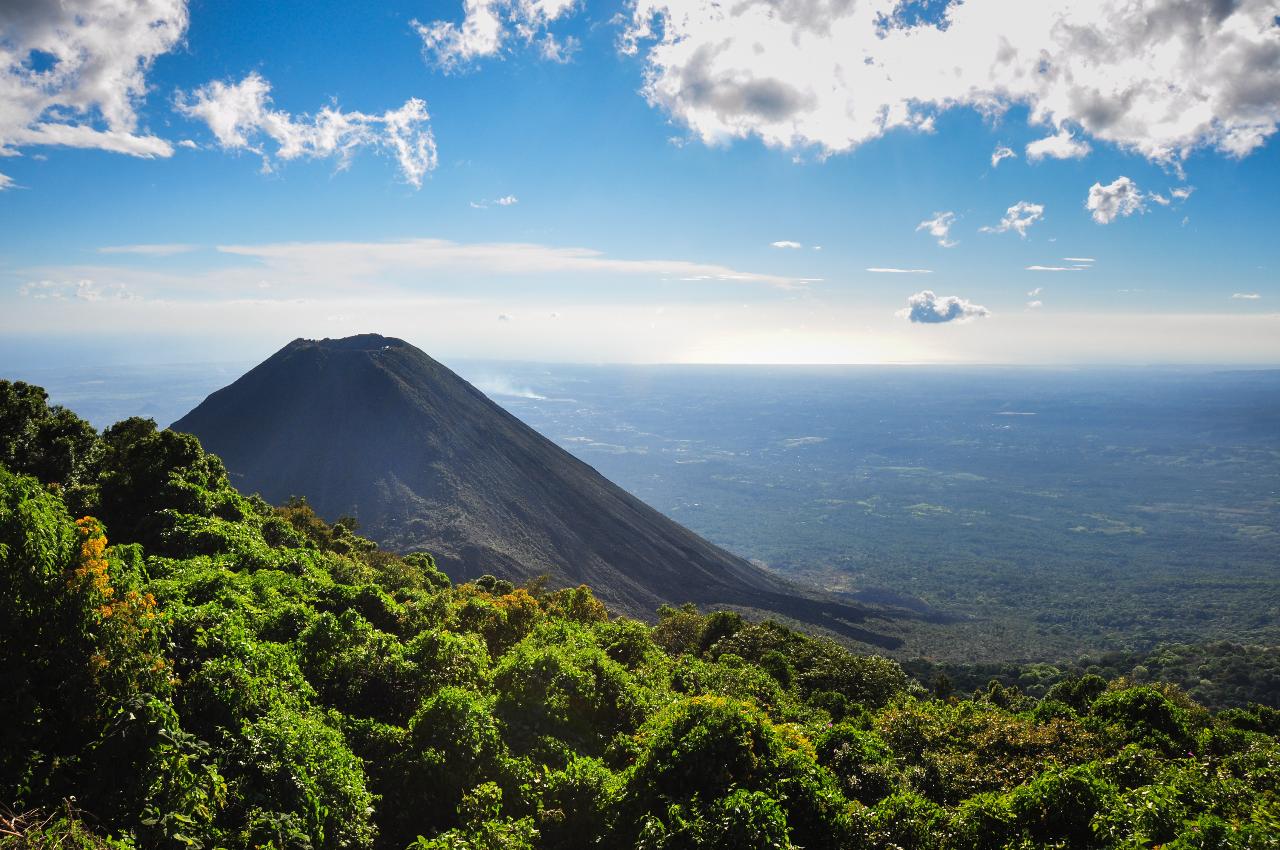

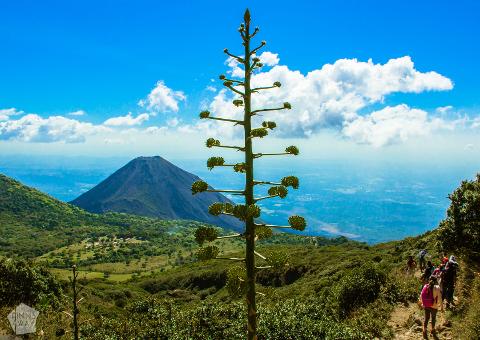
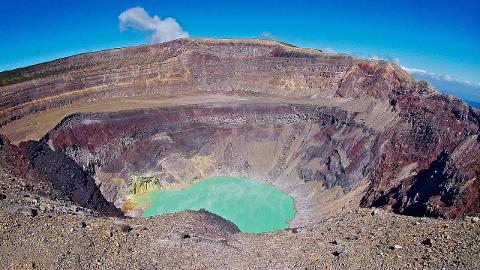
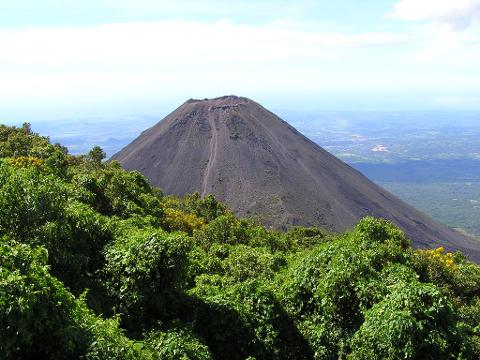
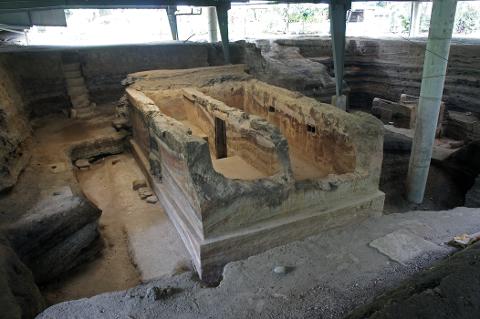
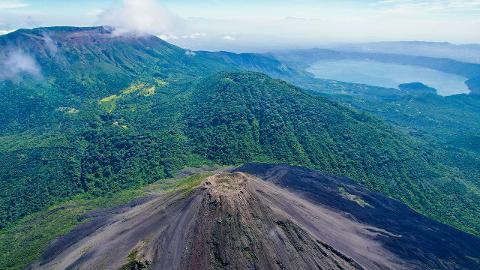

- Duración: 7 Días (aproximadamente)
- Código de producto: PNP4P6
El Salvador is home to several active volcanoes. One of the most well-known of these is the San Salvador volcano, also known as the Boqueron volcano. This stratovolcano is located just outside the capital city of San Salvador and last erupted in 1917.
Another active volcano in El Salvador is the San Miguel volcano, which is located in the eastern part of the country. This volcano has had numerous eruptions throughout history, including one in 2002 that caused significant damage to nearby communities. There are also several other active volcanoes in El Salvador, including the Chaparrastique volcano, the Izalco volcano, and the Santa Ana volcano. The Santa Ana volcano is the highest volcano in El Salvador, standing at over 2,400 meters (7,874 feet) tall. It last erupted in 2005, causing the evacuation of thousands of people and significant damage to the surrounding area.
El Salvador is part of the "Ring of Fire," a region of the world that is known for its high number of earthquakes and volcanic eruptions. The country is prone to volcanic activity due to its location on the Pacific Ring of Fire, a belt of active volcanoes and tectonic plate boundaries that encircles the Pacific Ocean.
Despite the risks associated with living near an active volcano, many people in El Salvador continue to live and work in the shadow of these natural wonders. The volcanoes are also a major tourist attraction in the country, with many people visiting to hike to the summits or view the active lava flows.
We have created a volcano tour in which you’ll get to visit several volcanoes in El Salvador such as Boqueron Volcano, the Cerro Verde National Park (volcanoes national park) with the Santa Ana Volcano (Ilamatepec) and Izalco Volcano, San Vicente Volcano (Chinchontepec), San Miguel Volcano (Chaparrastique) as well as the Maya archeological site of Joya de Cerén. Our tour starts and ends in San Salvador, but it is possible to customize your El Salvador tour by helping you cross the border between El Salvador and Guatemala or Honduras and arrange your transfer to San Salvador.
Tour Summary:
Day 1: Arrival in San Salvador
Day 2: San Salvador City Tour and El Boqueron Volcano visit
Day 3: Cerro Verde National Park: Santa Ana Volcano
Day 4: Cerro Verde National Park: Izalco Volcano
Day 5: San Teresa Hot Springs and Joya de Cerén
Day 6: San Vicente Volcano
Day 7: Departure
Tour in depth:
Day 1: Arrival in San Salvador
Our team will wait for you at the international airport of San Salvador and bring you to your hotel in San Salvador.
Day 2: San Salvador City Tour and El Boqueron Volcano visit
Today we’ll explore the city center of San Salvador in the morning. We’ll explore the busy streets of the capital, the markets, main squares and will admire the architectural wonders of the city. In the afternoon we will visit the El Boqueron Volcano, the first volcano on our list. From there you will have the best view of San Salvador. San Salvador should definitely be in every tour programme as there are several good reasons to visit San Salvador as it offers a variety of cultural, historical, and recreational activities for visitors. Some reasons to visit San Salvador include:
- Cultural attractions: San Salvador is home to a number of museums and cultural centers that showcase the art, history, and traditions of El Salvador. Visitors can learn about the country's indigenous heritage, its role in the Central American independence movement, and its contemporary culture.
- Historical landmarks: San Salvador is filled with historical landmarks that tell the story of the city and the country. Some notable landmarks include the National Palace, the Metropolitan Cathedral, and the Teatro Nacional.
- Natural beauty: San Salvador is surrounded by a number of natural attractions, including volcanoes, lakes, and forests. Visitors can enjoy hiking, birdwatching, and other outdoor activities in these beautiful surroundings.
- Cuisine: San Salvador is known for its delicious cuisine, which blends indigenous, Spanish, and African flavors. Visitors can try traditional dishes such as pupusas, tamales, and yuca frita, or enjoy international cuisine at one of the city's many restaurants.
- Shopping and entertainment: San Salvador is a vibrant city with a thriving arts and entertainment scene. Visitors can shop at local markets or modern malls, and enjoy live music, theater, and other performances.
- San Salvador is surrounded by a national park: El Boqueron Volcano, situated on the slopes of the San Salvador volcano, and it covers an area of approximately 3,500 hectares. The park is home to a number of hiking trails that offer panoramic views of the surrounding area, as well as several recreational facilities such as picnic areas, campgrounds, and playgrounds. El Boquerón is known for its diverse flora and fauna, and it is home to a number of species of plants and animals that are unique to the region.
Day 3: Cerro Verde National Park: Santa Ana Volcano
Today we’ll visit Cerro Verde National Park and we’ll go hike on top of the Santa Ana Volcano. The Santa Ana volcano, also known as Ilamatepec, is the highest volcano in El Salvador and one of the most active volcanoes in Central America. It is located in the western part of the country, in the department of Santa Ana, and it stands at a height of 2,381 meters (7,800 feet). The volcano is surrounded by a number of smaller volcanoes, including the Coatepeque and Ilopango lakes.
The Santa Ana volcano has a long history of volcanic activity, and it has erupted several times in the past, with the most recent eruption occurring in 2005. During this eruption, the volcano spewed ash and lava, causing significant damage to the surrounding area and forcing the evacuation of thousands of people. Despite the potential risks, the Santa Ana volcano is a popular tourist destination, and visitors can hike to the summit or visit the nearby national park.
In addition to its geological significance, the Santa Ana volcano is also important culturally and historically. The region surrounding the volcano is home to a number of indigenous communities, and the volcano has played a significant role in their traditional beliefs and practices. The Santa Ana volcano is also the subject of many legends and stories in El Salvador, and it is considered a symbol of the country's natural beauty and cultural heritage.
Day 4: Cerro Verde National Park: Izalco Volcano
Today we’ll visit another iconic volcano in the Cerro Verde National Park. Izalco is a stratovolcano located in western El Salvador, in the department of Sonsonate. It is one of the most active volcanoes in Central America, and it has erupted regularly since its first recorded eruption in 1770. The Izalco volcano stands at a height of 1,952 meters (6,404 feet) above sea level, and it is part of the Sierra Madre mountain range.
The Izalco volcano is known for its unique, conical shape, which is the result of its frequent eruptions. Its slopes are steep, and they are covered in ash and lava flows that have been deposited during past eruptions. The volcano has a number of small craters at its summit, and it is surrounded by a number of smaller volcanoes, including the Santa Ana, Coatepeque, and Ilopango lakes.
Despite its history of volcanic activity, the Izalco volcano is a popular tourist destination, and visitors can hike to the summit or visit the nearby national park. The region surrounding the volcano is also home to a number of indigenous communities, and the volcano has played a significant role in their traditional beliefs and practices. The Izalco volcano is considered a symbol of the natural beauty and cultural heritage of El Salvador.
Day 5: San Teresa Hot Springs and Joya de Cerén
We’ll stay in the theme of volcanoes today, by visiting the hot springs of Santa Teresa, followed by a visit to Joya de Cerén, El Salvador’s version of Pompeii.
Santa Teresa thermal baths, also known as "Aguas Termales de Santa Teresa," are a popular tourist destination located in the department of Ahuachapán in western El Salvador. The baths are situated in a natural setting, surrounded by forests and hills, and they are known for their hot springs and therapeutic properties.
The thermal baths are fed by a number of natural hot springs that emerge from the ground at temperatures ranging from 35 to 50 degrees Celsius (95 to 122 degrees Fahrenheit). The waters of the thermal baths are rich in minerals and are believed to have therapeutic properties, and they are popular for their ability to relax and rejuvenate the body.
Visitors to the Santa Teresa thermal baths can enjoy a variety of activities, including swimming, soaking in the hot springs, and relaxation. The baths also offer a range of amenities, including changing rooms, showers, and food and beverage services. The thermal baths are open to the public, and they are a popular destination for tourists and locals alike.
Joya de Cerén is an archaeological site located in western El Salvador, in the department of Chalatenango. It is known for its well-preserved ancient village, which was buried under layers of ash from a volcanic eruption around 600 AD. The site was discovered in the 1970s, and it has been excavated and studied by archaeologists since then. The ancient village of Joya de Cerén was home to a community of Maya-influenced farmers who lived in the region around the time of the eruption. The village was preserved in excellent condition under the layers of ash, and it provides a unique window into the daily lives of the people who lived there. The site includes a number of well-preserved structures, including homes, workshops, and storage facilities, as well as artifacts such as pottery, tools, and other objects.
Joya de Cerén is a UNESCO World Heritage Site, and it is considered an important example of the way of life of the ancient Maya. It is a popular tourist destination, and visitors can tour the site and learn about the history and culture of the ancient Maya through guided tours and exhibits.
Day 6: San Vicente Volcano
Today is our last volcano of our volcano tour and it’s going to be a strenuous hike! The San Vicente volcano (Chichontepec) is an active stratovolcano located in central El Salvador, in the department of San Vicente. It is the second highest volcano in the country, and consists of two elevations: one of 2,173 meters high and the other, 2,083 meters above sea level, with an open crater to the east. At the base of the volcano, there are hot springs known as "los infiernillos de Agua Agria '', with vapors and sulfuric smoke. North of the volcano is the Jiboa Valley with one of the richest soils of El Salvador, especially for growing sugarcane. After our tour we’ll head back to San Salvador.
Day 7: Departure
Today we’ll bring you to the airport of San Salvador and make sure you’re on time for your flight back home. If you want to continue your travel overland to Honduras or Guatemala, please let us know if you need any assistance for border crossing and transport.
Included:
- Accommodation in midrange/upper midrange hotels/guesthouses
- All transport in private vehicles
- Professional, local English speaking guide (or Spanish of course)
- All entrance fees and activities as describes
Not included:
- Visa and tourist pass
- Flights
- Meals and drinks
- Tips and gratuities